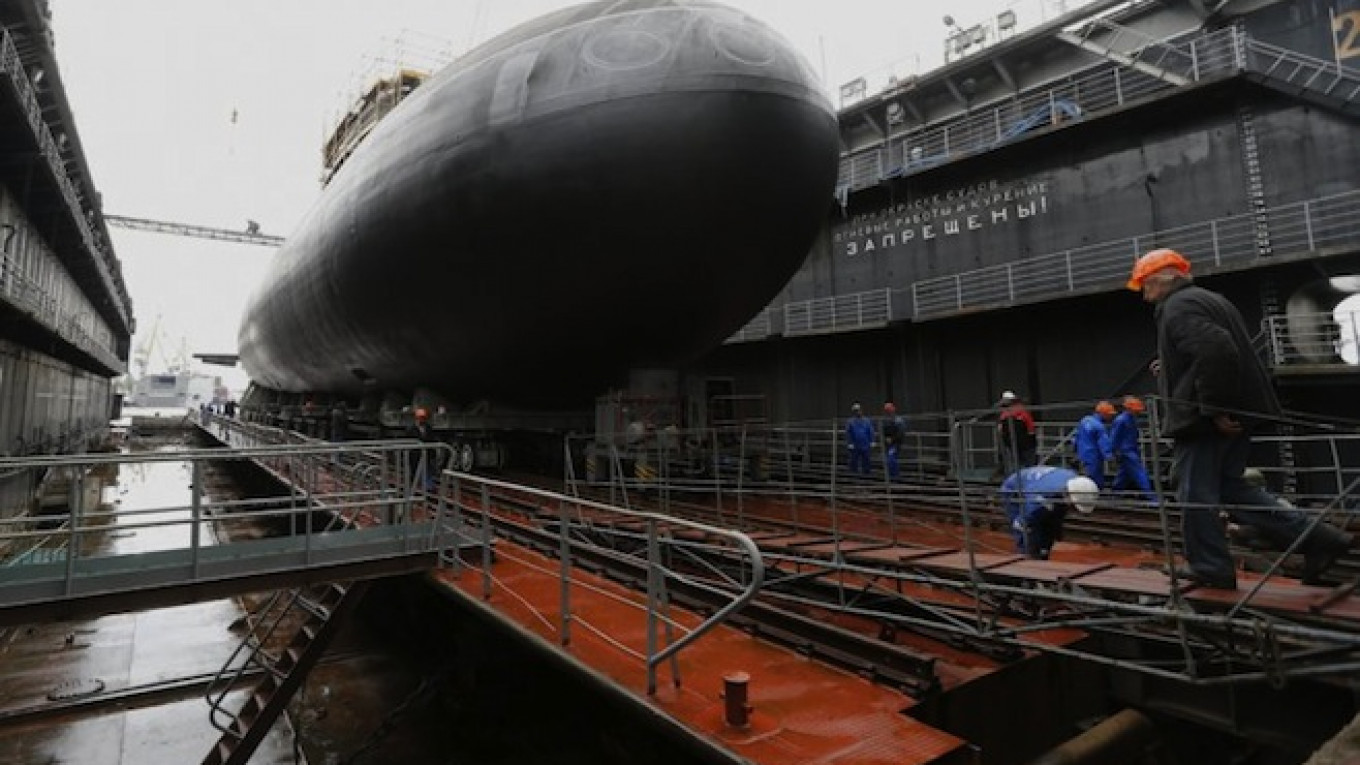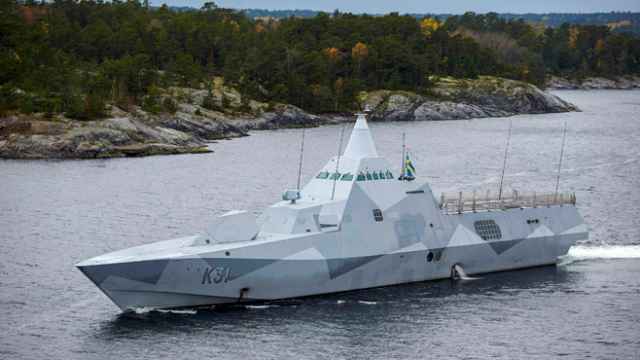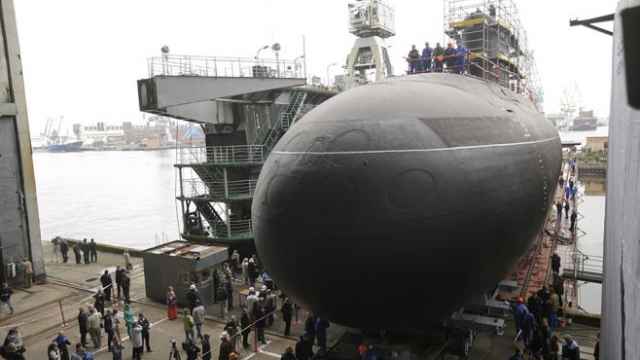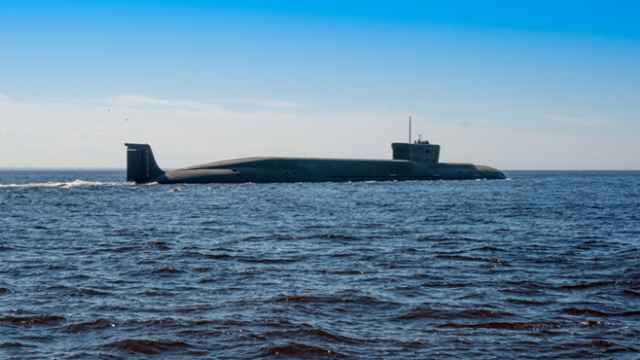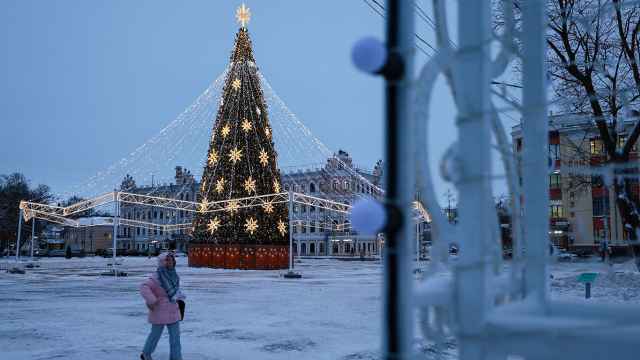In another step forward for the Russian navy's ambitious rearmament plans, the keels of two more "Improved Kilo-class" diesel-electric submarines were laid at the Admiralty Shipyards in St. Petersburg on Thursday, Interfax reported.
The new submarines are destined to join Russia's Black Sea Fleet upon completion in 2016.
Kilo submarines are extremely quiet compared with nuclear submarines, the mainstay of many submarine fleets, because they use diesel engines rather than nuclear reactors for power. They also play a very different combat role. While nuclear attack submarines are designed for long-range deployments in the ocean depths, diesel-electric submarines are intended to sink surface vessels and other submarines in shallow waters closer to land.
The submarines under construction are the last of an order of six from the Russian navy. The first has already joined the fleet, while the second two are undergoing trials. A fourth vessel is still under construction. The boats are called Improved Kilo-class submarines according to NATO guidelines, but are known in Russia as Type-636 submarines.
The Admiralty Shipyards may also be set to start work on yet more submarines.
"We are waiting for new orders for the construction of a series of diesel-electric submarines for the Russian navy," Admiralty Shipyards head Alexander Buzakov was quoted by Interfax as saying at the ceremony celebrating the start of construction on the new vessels.
He did not specify what kind of submarines would be ordered, but suggested that they may be of a new design.
Russia's navy is one of the prime beneficiaries of President Vladimir Putin's 20 trillion ruble ($500 billion) rearmament program through 2020, with new submarines and surface ships of all types set to roll out of Russian shipyards over the coming years.
The Admiralty Shipyards, according to Buzakov, have benefitted from the consistent pace of naval shipbuilding orders, growing their workforce by 800 employees due to the Kilo submarine order.
"The Type-636 [submarines] have been the engine that allowed us to develop not only the capacity of the Admiralty Shipyards, but of our suppliers as well," Buzakov was quoted as saying.
On top of its new Kilo submarines, Russia is building new nuclear powered missile carrying submarines and attack submarines, known as Borei- and Yasen-class subs. Russia has ordered a total of eight of each class, and several are already in service with the navy.
Contact the author at [email protected]
A Message from The Moscow Times:
Dear readers,
We are facing unprecedented challenges. Russia's Prosecutor General's Office has designated The Moscow Times as an "undesirable" organization, criminalizing our work and putting our staff at risk of prosecution. This follows our earlier unjust labeling as a "foreign agent."
These actions are direct attempts to silence independent journalism in Russia. The authorities claim our work "discredits the decisions of the Russian leadership." We see things differently: we strive to provide accurate, unbiased reporting on Russia.
We, the journalists of The Moscow Times, refuse to be silenced. But to continue our work, we need your help.
Your support, no matter how small, makes a world of difference. If you can, please support us monthly starting from just $2. It's quick to set up, and every contribution makes a significant impact.
By supporting The Moscow Times, you're defending open, independent journalism in the face of repression. Thank you for standing with us.
Remind me later.


